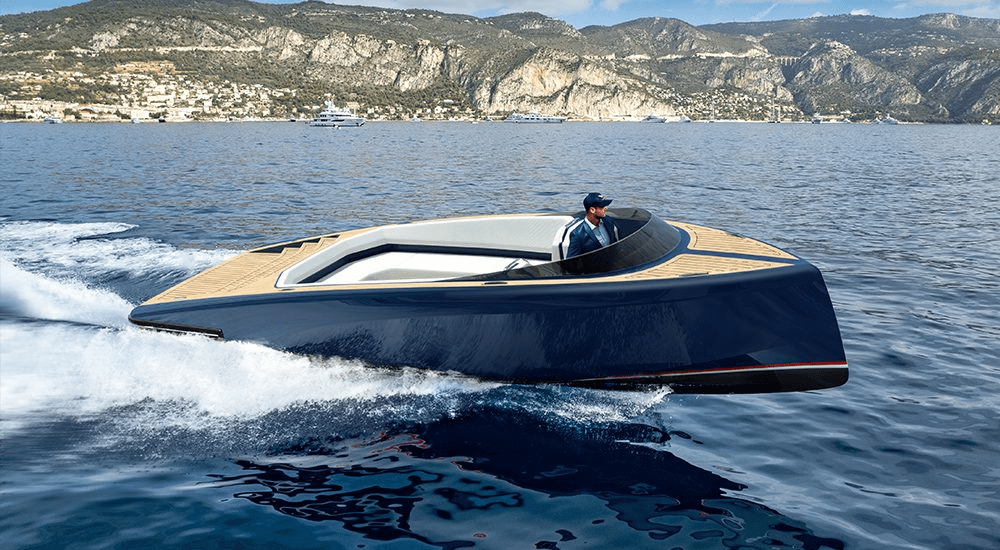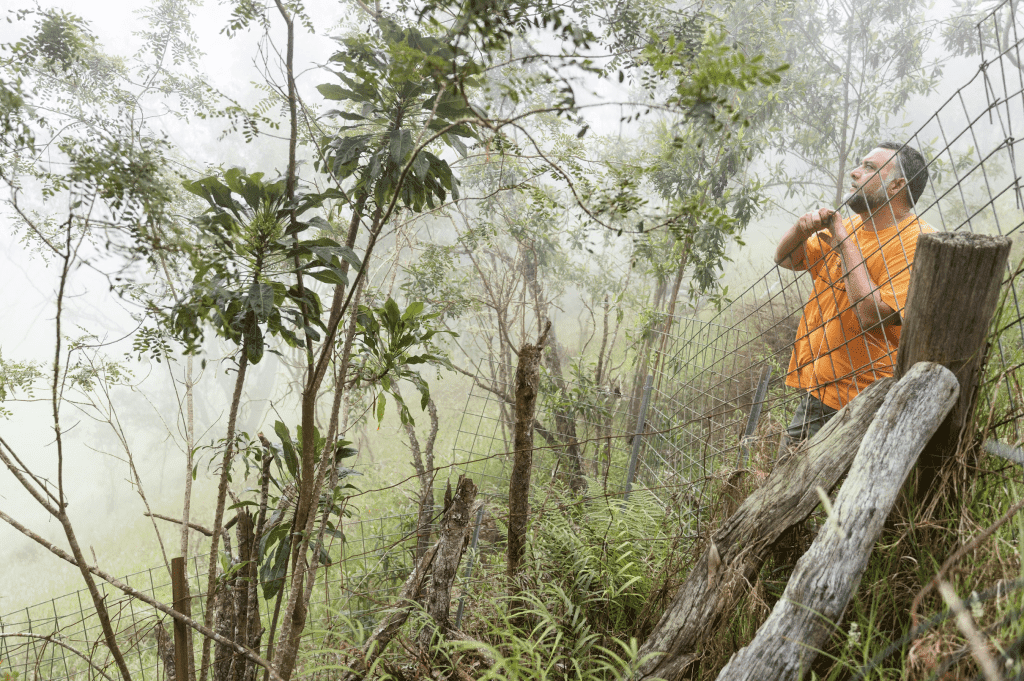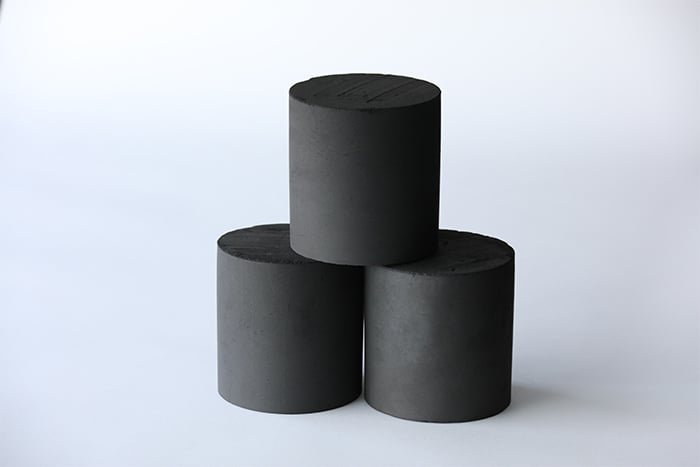The number of Wind turbine malfunctions is on the rise globally, resulting in instances of blades detaching and even complete collapses. A report suggests that production flaws could be the cause of this mysterious increase in failures. As Wind turbines continue to get larger, quality control measures appear to be shrinking, resulting in these towering structures becoming vulnerable to malfunctions. The report by Bloomberg states that the competition among the three major manufacturers to create bigger turbines has led to these manufacturing problems.
The world is witnessing a surge in the number of wind turbine collapses, with the largest ones, measuring up to 784 feet, falling in Germany in 2021. This height is taller than iconic structures such as the Space Needle in Seattle and the Washington Monument in D.C. Even smaller turbines, which have recently failed in Oklahoma, Wisconsin, Wales, and Colorado, are approximately the height of the Statue of Liberty.
The three biggest players in the industry, General Electric, Vestas, and Siemens Gamesa, are all struggling with falling turbines. According to the CEO of General Electric, Larry Culp, stabilizing production and ensuring quality on these new, large turbines is a challenge and the rapid innovation in this field is putting a strain on the manufacturing process and the supply chain.
The lack of comprehensive data on the rise and fall of wind turbines has left us dependent on the opinions of industry experts to shed light on the problems in the wind farming industry. CEO of insurer GCube Underwriting, Fraser McLachlan, told Bloomberg that the new turbines are facing failures in a shorter time frame, which is a matter of concern.
The drive to manufacture larger wind turbines has accelerated production, but it has also resulted in quality control issues for the leading manufacturers. According to Bloomberg, Siemens is facing problems with a new design, Vestas is experiencing project delays and quality challenges, and GE has seen a rise in warranty costs and repairs. These challenges are compounded by the uncertainty of the supply chain and fluctuating material prices.
While larger turbines can capture more energy with their heights stretching over 850 feet, blades measuring 300 feet, and increased energy generation capabilities, they are also more susceptible to malfunctions and more devastating when they fall.

















